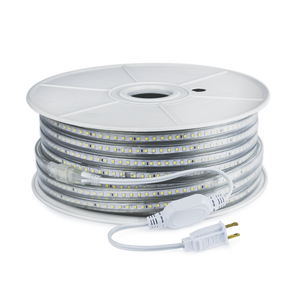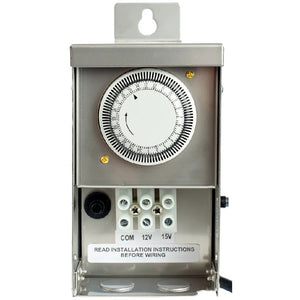
LED lighting can help improve worker productivity in several ways. Here are six tips on how to use LED lighting to enhance workplace productivity:
1. Adjust the Lighting Levels
The lighting level in a workplace can greatly impact worker productivity. The right lighting levels will help reduce eyestrain, headaches, and fatigue, making it easier for employees to focus and work efficiently. LED lighting allows you to adjust the lighting levels easily, so you can create a comfortable and productive environment.
2. Use Task Lighting
Task lighting helps workers focus on their specific tasks by providing localized, bright illumination. LED task lights can be used in conjunction with ambient lighting to help employees work more efficiently and accurately.
3. Choose the Right Color Temperature
The color temperature of LED lighting can also affect productivity. Cool white lighting can help workers stay alert and focused, while warm white lighting can help create a more relaxing atmosphere. The optimal color temperature for your workplace will depend on the nature of your work and the tasks being performed.
4. Use Dimmers and Timers
Dimmers and timers can help regulate the amount of light in a workplace, which can help improve productivity. For example, dimming the lights in the afternoon can help reduce eyestrain and create a more relaxing environment, while brightening the lights in the morning can help employees feel more alert and focused.
5. Ensure Even Lighting
Uneven lighting can cause eye strain, headaches, and fatigue. LED lighting fixtures that provide even, consistent illumination can help create a more comfortable and productive environment.
6. Minimize glare
Glare from lighting fixtures can cause eye strain and discomfort, which can negatively impact productivity. LED lighting can be designed to minimize glare, so choose fixtures that have been specifically designed for use in workplaces.
By implementing these tips, you can create a productive and comfortable workplace environment that helps workers stay focused, alert, and efficient.
LED Lighting is an essential part of everyday life
It directly affects the brain, so it’s important to know the appropriate uses of LED lighting in your office or workplace.
Recessed lighting fixtures, for example, can provide employees with a picturesque setting to keep them focused. No more flickering!
If you work in a paper mill and need bright white lights to check watermarks, LED lighting can help you do this effectively.
When lighting is not sufficient, the eyes are forced to work much harder to see. If you don't have access to daylight, working under a cool light bulb will help you survive eye strain and increase productivity.
LED lighting promises a safer environment
...as it does not require time to warm up and brighten.
If you want to speed up internal processes while keeping your team healthy and happy, you'll be pleased to know that lighting can affect your employees' moods at work. In fact, research has shown that blue LED lights can improve attention and productivity. This is because LED lighting uses less energy and can provide higher quality, more natural light, which is more attractive to workers. With slight improvements, you can increase the productivity and comfort of employees while achieving significant energy savings. Ultimately, investments in LED lighting can improve your bottom line in the form of productivity gains.
Before you consider upgrading your LED light system, it is important to consider a complete overhaul of your factory lighting. Not every LED light is produced the same way, and low-quality lamps can still flicker. Experienced lighting professionals will advise you on the best choice for your retrofit project.
Biodynamic Lighting
(also known as circadian lighting) can increase productivity by adjusting sound and illumination intensity to the time of day. If it is a bright day, you can dim the LEDs and let natural light do its work, but if it is a dark or stormy day, your LED lights can be adjusted to the lighting you would have on a sunny day. You can even adjust the color and intensity of your LEDs to the tasks and circadian rhythms of your employees. This means that those who like bright lights can do their job faster and more efficiently, while their neighbors are forced to go through the same experience.
In fact, a study by Cornell University has shown that LED lighting can increase productivity in the office by up to 30%. Several studies have shown that access to windows improves employee satisfaction, and LED lights to have a positive impact on employee productivity and the quality of the work environment.
People who work under LED lighting perform better visually and cognitively than those who work under fluorescent lights, according to a study of US Army soldiers that was intended to show how different lighting affects their productivity. The soldiers performed better in cognitive tasks, where spatial, verbal, and memory skills were measured under fluorescent and LED lighting.
Lighting can have a huge impact on worker productivity and health, so invest in LED lighting as a simple solution to increase productivity.
Sources:















































































